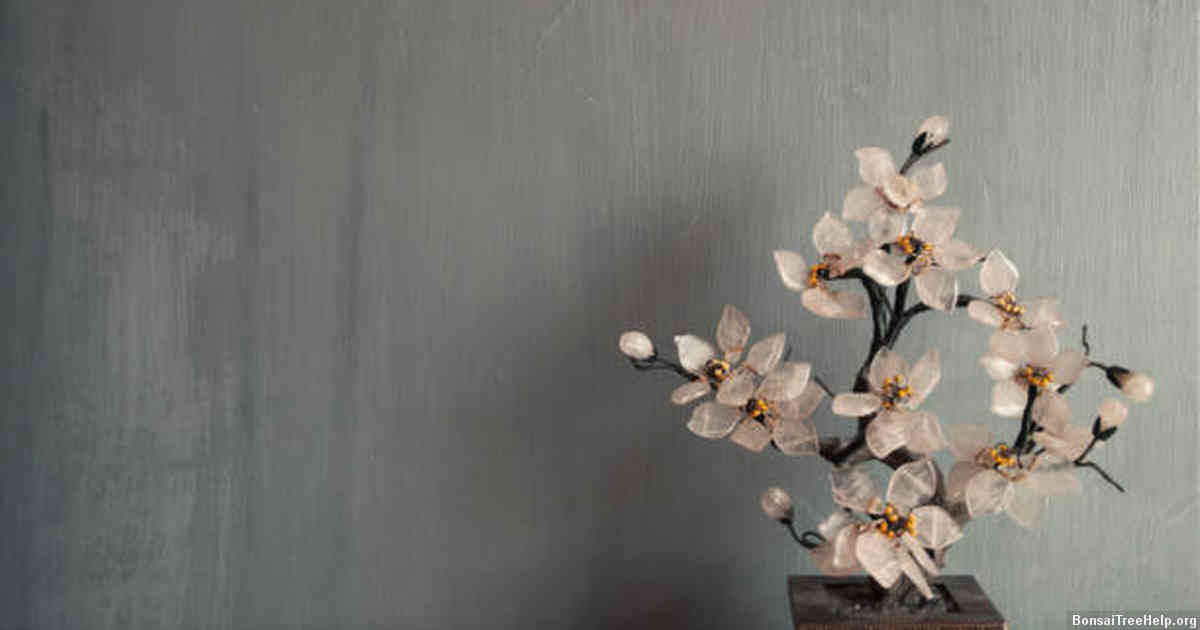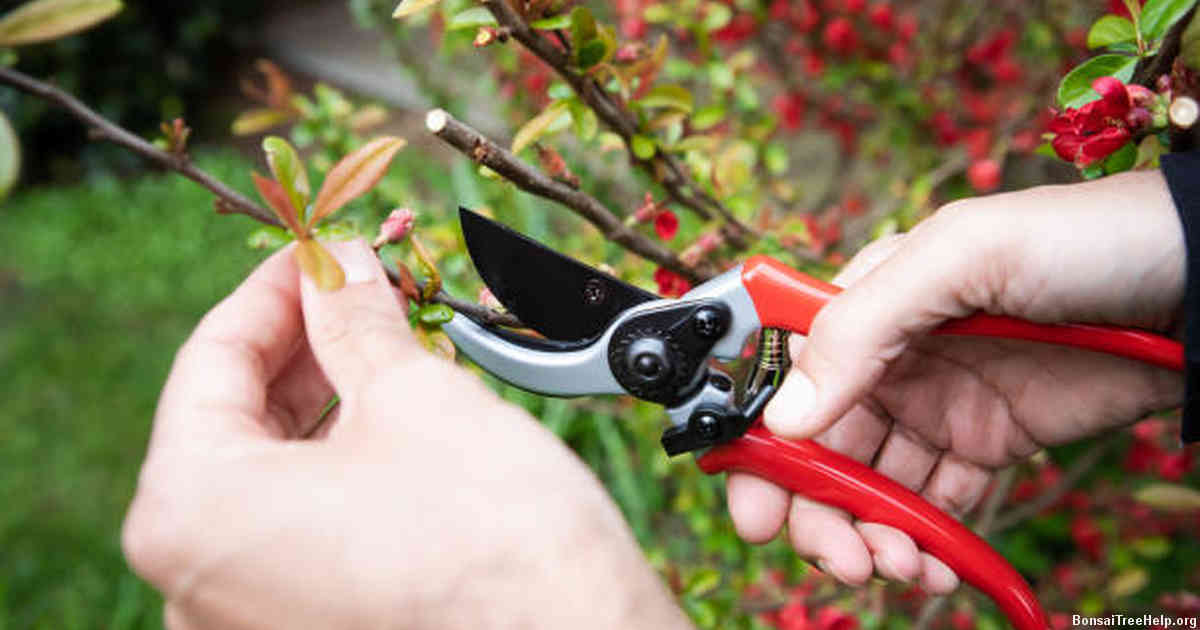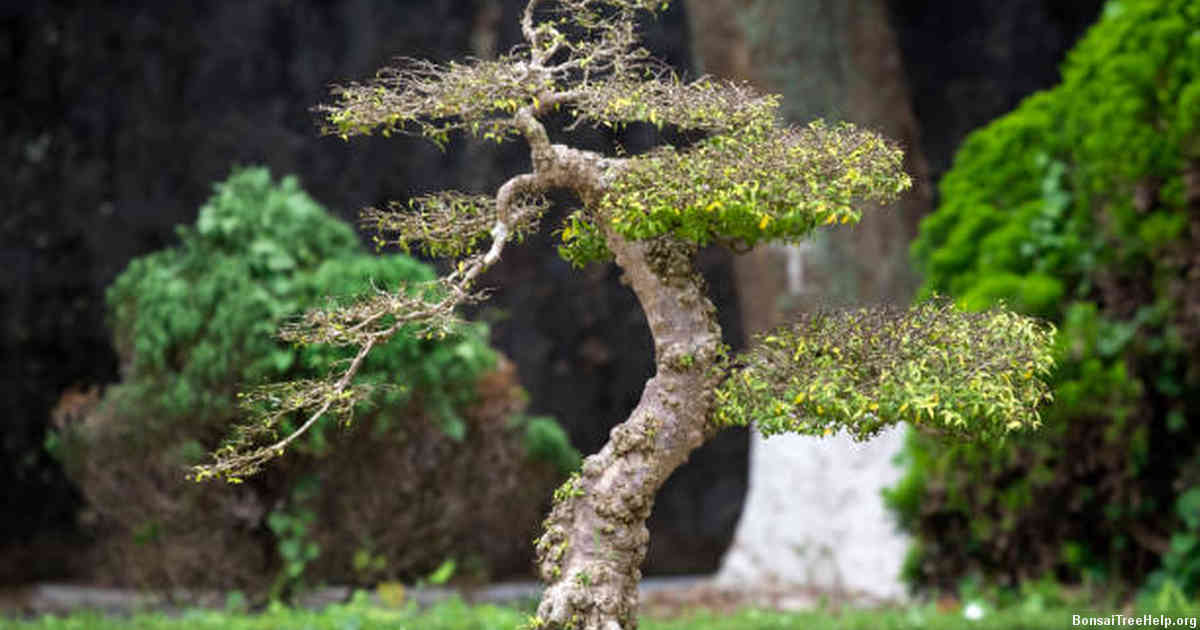
The poem “bonsai” is about learning to appreciate the smaller things in life. The narrator talks about a bonsai tree and compares it to life’s struggles, highlighting that although small, the bonsai has been carefully sculpted by its gardener over time. The message of the poem is that we should learn to take joy from the little moments of our lives and be mindful of how we tend to them. Even when they may seem insignificant or out of our control, there is beauty to be found within those experiences if we look closely enough.
Contents:
The Themes that Highlight the Poem’s Message

The poem “bonsai” by Jack Preger is a call for readers to take their time and find joy in life’s small pleasures. In doing so, it conveys two primary themes: the power of mindfulness and the beauty of nature. The speaker begins by expressing his admiration for “the shapely art” of bonsai – an ancient Japanese practice of sculpting plants into miniature trees – and how it serves as a reminder that “life goes on no matter how we plan”. By reflecting on this concept, he encourages us to take advantage of the present moment rather than getting caught up in our worries or anxieties about what could happen next.
The poem also references nature throughout, highlighting its ability to bring solace and comfort when times are difficult. In one passage, the speaker compares humans to birds flying through the sky and suggests that they can learn from nature’s resilience during hardship – a theme which resonates with many people going through challenging experiences at this current time. By appreciating natural beauty such as birdsong or fragrant blooms in gardens, we can all develop greater levels of mindfulness and appreciation for what life has to offer even during difficult times.
Overall then, “bonsai” offers an important message about finding moments of peace amidst chaos; by taking time out to appreciate small details such as those found within nature or even the simple act of creating something beautiful like bonsai sculptures themselves, we can create positive changes within our own lives – reminding ourselves that anything is possible no matter how tough life gets.
The Literary Techniques used by the Author

The poem “bonsai” by Seyyed Hossein Nasr is a complex and layered work of literature, crafted with rich language to create a unique meaning. The work is comprised of several literary techniques which contribute to the overall message.
One of the primary literary elements employed by the author is imagery. Through vivid descriptions, Nasr paints an immersive picture for readers, drawing them into his unique world and imparting visual impact upon key themes. Visuals such as “bamboo walls” that bend to “tear apart one soul” convey feelings of loneliness in a visually striking way that many readers can relate to, further strengthening the central message.
Another element utilized effectively in this poem is repetition. By having verses such as “you are falling from heaven…You are falling from heaven” repeated twice consecutively, Nasr draws attention to emotions of sorrow and desperation expressed by his main character in a powerful way. The deliberate use of repetition allows him to drive these points home without overly relying on description or dialogue, creating an impressionable effect on any reader who reads it.
Symbolism also plays a major role in this poem’s delivery–every aspect within it holds some level of significance contributing towards its overall deeper meaning beneath the surface words and descriptions written down. For instance, while bonsai trees symbolize both the beauty and tragedy experienced during life’s journey due to their small size but ambitious grandeur–both qualities being portrayed within the context of Nasr’s text itself. Symbols like these give insight into what lies at heart of this poetic masterpiece; inspiring us all with its timeless wisdom and meaningful takeaways for generations yet to come.
The Historical and Cultural Context of the Poem

The poem “Bonsai” was written by the Turkish author Edip Cansever in 1977. During that time, Turkey was just coming out of its military dictatorship period, and the nation was transitioning to a new government. As such, people were struggling to define their identity both as citizens of the newly founded republic and as members of a larger global society.
This search for an identity is reflected in the poem’s message which centers on attempting to reach one’s goals despite facing obstacles along the way – symbolized by bonsais, miniature trees grown with carefully controlled pruning techniques. The speaker encourages his audience not to be discouraged but instead use perseverance and dedication even when faced with setbacks or limitations. He uses bonsais as a metaphor for how individuals can succeed despite limited resources; growing small but powerful trees from humble beginnings.
He implies that achieving success through diligence is more meaningful than using shortcuts or trying to achieve ambitions without effort; just like it takes patience and discipline over several years before bonsais take their unique shape, personal aspirations also require sustained hard work in order to come true.
The Symbolism and Imagery of “Bonsai

With its sparse yet powerful imagery, “bonsai” is a poem of immense depth and meaning. At the core of this poem lies the protagonist’s struggle with identity. In a nutshell, this poem is about being controlled by external forces; it symbolizes how humans are often caged by society’s expectations and conventions while also trying to fit in.
The speaker begins by referencing bonsai trees: these tiny plants representing freedom from oppressive restraints. By comparing themselves to these potted plants, the speaker questions why they must remain captive despite wanting to ‘stretch their branches out’. This image highlights their sense of confinement as well as their suppressed desires for independence.
Another important symbol featured in this poem is that of the nightingale – an animal known for its majestic beauty and symbolic freedom when flying through the air. The use of this bird creates strong parallels between our inner-selves (the nightingale) and our outer-selves (the bonsai tree). Through these symbols, we understand that although we yearn for a free existence, reality dictates that we should stay where we are until our wings have been fully grown and strengthened over time before taking flight.
The Tone and Mood Evoked by the Poem

The poem “Bonsai” carries an almost haunting tone, capable of evoking a range of complex emotions. Poet Sonja Livingstone’s words are steeped in melancholic imagery, setting the scene for a reflective and thoughtful journey. The poem starts with a description of a bonsai tree, reflecting her love for nature and its intricate beauty. This gives rise to contemplations about life and death; using vivid language she attempts to make sense of mortality: ‘tiny planets turning from dust’.
As the reader progresses through the poem, one cannot help but feel entranced by it – entwined in the physicality of emotion within Livingstone’s writing. Life is fleeting; our dreams may fade but they remain integral: ‘still want something to remember us by’. In this way we are invited to reflect on our own lives and legacies – ‘only what remains can never be broken’. The third stanza acts as an ode to resilience in times when grief feels overpowering- as though strength can still shine through any circumstance: ‘here is how we survive hard things’.
Ultimately “Bonsai” speaks poignantly on embracing life whilst mourning its passing; creating impactful concepts yet softened by delicate description – combining hope with beauty in living colour.
The Central Characters and their Significance

At the center of this poem, there are two characters: a bonsai tree and a gardener. The speaker of the poem paints the relationship between these two beings as one that is full of tension and difficulty. The gardeners emotions are ambiguous as they struggle to balance their love for their charge with the need to keep it confined within its tiny pot.
The bonsai tree is treated almost like a pet but at times also like an unruly child that needs disciplining. It must be pruned, shaped, and made to stay small–efforts that may appear cruel from an outside perspective yet necessary from an inside view. Even when the tree tries to grow beyond what is expected of it, rather than discard it or give up on it entirely, the gardener simply returns it back into its defined space where control over its growth can be regained.
The two central figures in this poem remind us that we all have our own boundaries and limitations in life – some self-imposed some externally imposed upon us by society. Learning how to adjust to those constraints is part of our journey towards freedom even if such adjustments can take hard work, effort and patience before results are realized in full measure.
Interpreting the Meaning of “Bonsai

The poem “Bonsai” by Vicente Huidobro can be interpreted in many ways and is open to a variety of readings. Though there are no clear-cut answers, the poem appears to explore the idea of life being an ever-growing process. The speaker muses on their own growth, describing how they have bloomed over time like a flower – just like a bonsai tree symbolizes. The poem ultimately encourages its readers to look towards the future and continue growing even when faced with obstacles.
The imagery used in “bonsai”, such as buds opening into flowers, reflects this message of growth. Through this representation, Huidobro emphasizes his idea that life must be embraced in all its ups and downs if one is truly to reach their full potential. He also implies that we should not fear change or seek to remain in our comfort zone; instead, we should see it as part of our continuous journey towards maturity and strength.
Huidobro touches on the concept of individuality throughout “bonsai”. While each person’s experience is unique, he suggests that everyone has something special within them which can only flourish through exploration and development over time. By using nature as a metaphor for self-growth here, he emphasizes his point: Just like plants require proper nurturing and care before they can thrive so too do individuals need care and nurture in order to become their best selves.
Leave a Reply